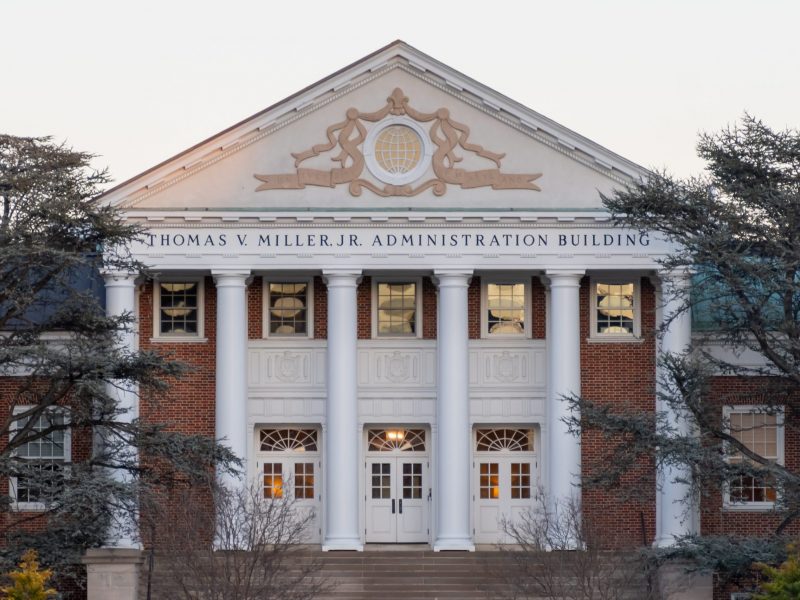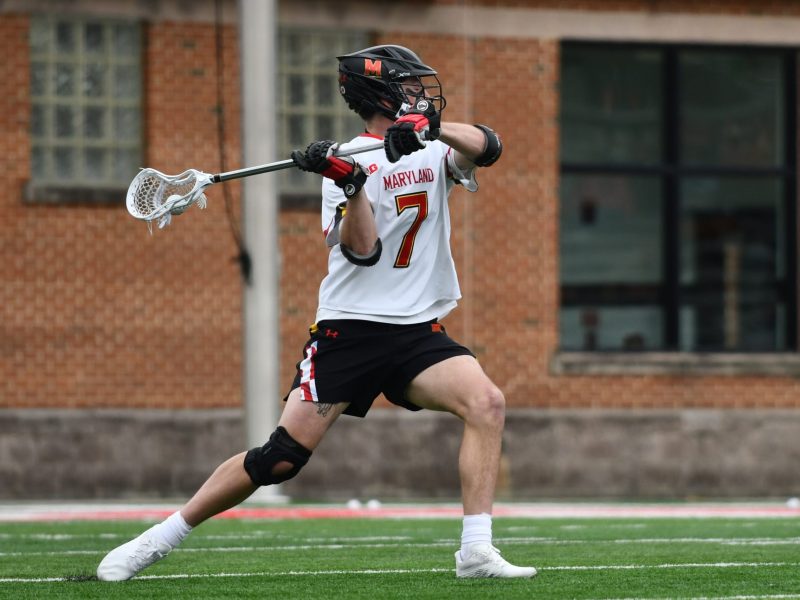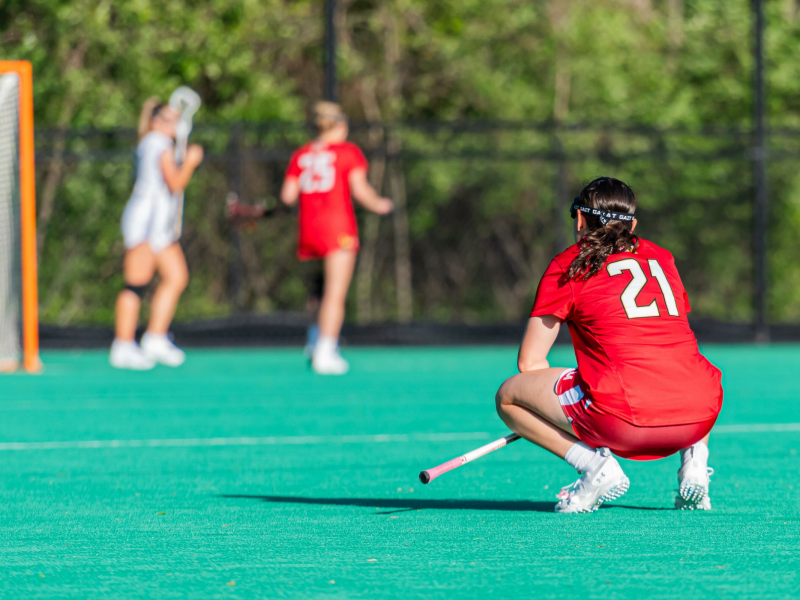Michelle Maykin and Ide Viriya became friends more than 10 years ago when the members of their Buddhist temples went on a trip on San Francisco.
But Viriya couldn’t have anticipated he’d have the chance to save Maykin’s life.
Maykin, a newlywed 26-year-old from California, has been diagnosed with acute leukemia and desperately needs a bone marrow transplant.
In an effort to find Maykin a match, friends and family created Project Michelle to urge people to become a part of the national bone marrow registry and have a chance to be her lifesaver.
Most of the drives take place in California, but volunteers have organized drives across the country.
Viriya, a civil engineering graduate student at the university, brought the event to the campus yesterday and registered more than 40 students, he said.
“I’m partly excited about the fact that I could save someone’s life and partly nervous about the process,” senior art history major Dana Willan said, adding that she is ineligible to give blood and has not been able to participate in other donor events.
One of the event volunteers, junior electrical and computer engineering major Natalie Salaets, explained the process is not like the media portrays it. Episodes of Grey’s Anatomy and other hospital dramas show patients writhing in agony as a doctor inserts a large needle into the patients’ hips and draws marrow directly from the bone. Yet the process is more like giving blood, Salaets said, as doctors draw blood, extract the tissues responsible for making marrow and give these tissues to the cancer patients. This new process is used 70 percent of the time, according to www.projectmichelle.com.
Receiving a bone marrow donation, however, is more complicated than receiving blood. In blood, there are antibodies that determine a person’s blood type. If a person receives blood that is not their type, the body will reject the donation. But bone marrow transplants must be almost perfect matches to work. There are proteins on most cells in the body, and the closer the match between the donor’s and the recipient’s proteins, the better.
At the event, students swabbed the inside of their cheeks with four separate swabs. The swabs will be sent to a lab, where tissue type is determined and lab technicians will be able to determine if any donor is a match for Maykin.
Maykin is an Asian American, and there is a much greater chance that a person of Asian descent will be a match for Maykin.
Minority student organizations, including the Thai Student Association, Mixed and Biracial Student Association, Asian American Student Union, Phi Delta Sigma fraternity, Alpha Kappa Delta Phi sorority and Multicultural Involvement and Community Advocacy sponsored the event, even though their ethnicities may not all match Maykin’s.
“If you’re not on the registry, no one knows you’re a possible donor,” Salaets said. “We need to get a lot of minorities to register. It has to be, like, a perfect match to work.”
The National Marrow Donor Program website shows minority donors are underrepresented, especially black, American Indian, Asian, Latino and those of mixed heritage.
“It’s just in general, out of all the people who register, there’s that much more of a chance for other people to save lives,” Viriya said.
As students wandered throughout the day into the drive located in the Stamp Student Union, Viriya showed a video of Maykin and gave them the opportunity to send her a message online.
Project Michelle has gotten around 15,000 registrants so far, but still has not found a donor match for Maykin.
“She’s really energetic and fun-loving,” Viriya said of Maykin. “She’s a great friend, and there’s something about her that draws a lot of people.”
morrowdbk@gmail.com


